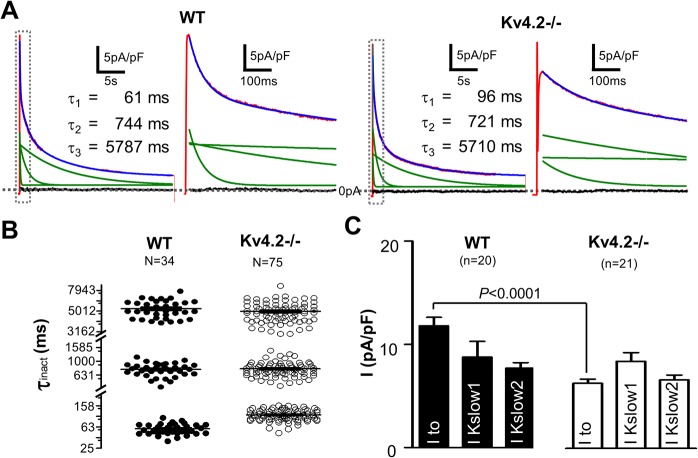Fig 1. Outward K+ currents measured in ENDO cardiomyocytes isolated from WT and Kv4.2 -/- hearts.
(A) Typical outward K+ currents measured in both the WT and Kv4.2-/- are shown following step depolarization to +60mV (for 25s) from a holding potential of -80mV. The 2nd and 4th panels are 50-folds time expanded relative to the area in the boxes on their left side adjacent panels (1st and 3rd panels). Voltage-dependent K+ currents recorded from both groups of cardiomyocytes could be well fit with tri-exponential functions (show in blue). The three green lines in each panel represent the three individual components of the tri-exponential functions, and their time constant (t) are shown in the inset tables. The residuals (i.e. the differences between the red and blue curves) are also shown in black and, as can be seen, these residuals are essentially zero consistent with the very high correlation coefficients (R-values) typically estimated in the fits of all our traces (which ranged from 0.976–0.995 with 88% of R-values being > 0.98). (B) Summary of the predicted inactivation time constants of the three individual exponential components of the tri-exponential functions that provided the best fit for all K+ current traces analyzed. These three components were labeled based on their kinetics as: IKslow2 (slowest), IKslow1 (intermediate) and Ito (fastest). We previously demonstrated that tri-exponential fits provide optimal fits to the outward K+ currents thereby allowing the different underlying current to be quantified in detail21. Notice that the kinetics (i.e. the τ value) of IKslow2 and IKslow1 are unchanged while kinetics of Ito are slower (P<0.0001) in Kv4.2-/- than WT. This shift in the kinetics of Ito is explained and discussed further in the text. C) Shows the current densities for IKslow2, IKslow1 and Ito in WT and Kv4.2-/- cardiomyocytes estimated from the amplitudes of the three kinetic K+ current components (obtained from the fits to the individual current traces). As can be seen that Ito density was much smaller, as expected, in Kv4.2-/- compared to WT while IK,slow2 and IK,slow1 are comparable between WT and Kv4.2-/-.

